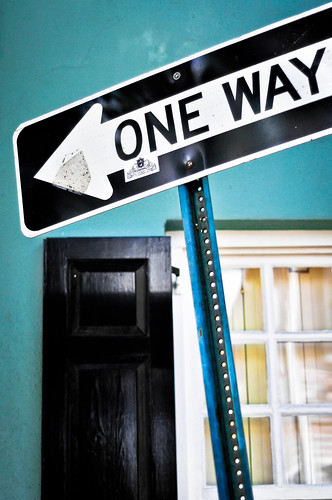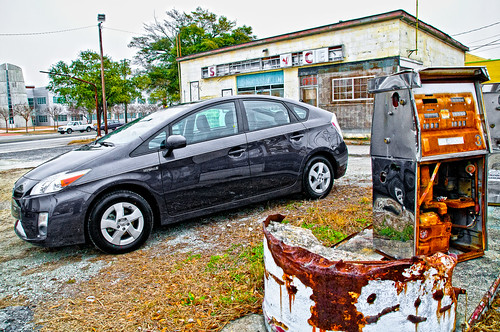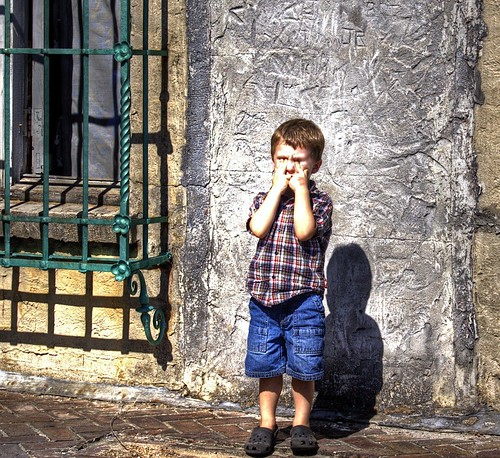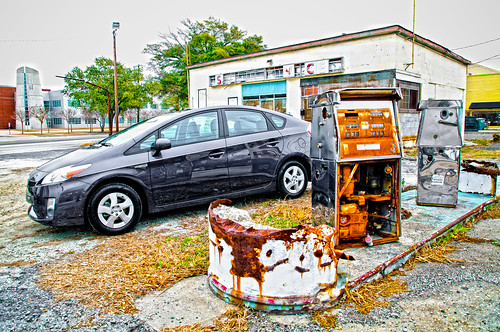More Than One Way
robo-rainbow from mudlevel on Vimeo.
I saw this video this morning (via engadget.com) and thought it was really interesting. As I read through the comments on Engadget, there was one troll on there who was complaining about the uselessness and inefficiency of the machine. I had to chime in and “feed the troll” as they say because it’s apparent that some people don’t see something like this for what it really is. There’s always more than one way to interpret art, and for something like this, the end result is not the whole point of the piece.

As you watch the video, which was carefully filmed and edited together, you see a man assembling a machine attached to a bicycle. You get close up shots of the metal work, the fitting of the electronics, and the movement of the gears and chains. Each shot isolates a feature and is dramatically demonstrated until we see it all in action – which is shown with a wide shot of it painting a rainbow on a wall. Now, to someone who’s not paying attention, the art was in creating the machine and the filming of the assembly of it. The rainbow itself was just a mere punchline to a well setup joke. If this was about painting a perfectly symmetrical rainbow, then it would be nutty. There are plenty of ways to paint a rainbow without going through the effort that was put into this.
The art is in the creation of it all. The steampunkish contraption itself, the storytelling in the filming, and the final execution all work together. It’s the act of creating something because you can. The message I took from this was that the journey is always more important than the destination. What’s your interpretation?


